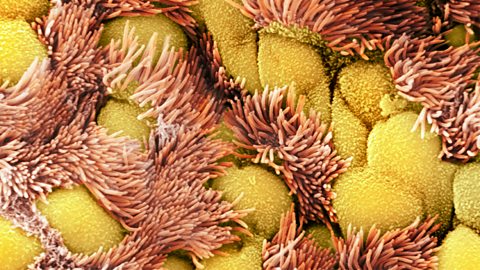More guides on this topic
- Classification and biodiversity â WJEC
- Cell division and stem cells â WJEC
- DNA and inheritance â WJEC
- Variation â WJEC
- Mutation â WJEC
- Evolution â WJEC
- The nervous system â WJEC
- ±«Óătvostasis â WJEC
- The role of the kidneys in homeostasis â WJEC
- Micro-organisms and their applications â WJEC
- Video playlist

